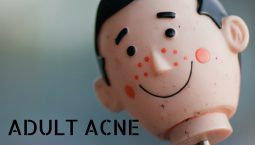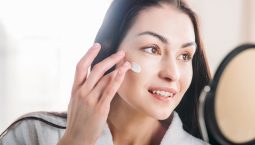There are many causes for the skin to be dull, patchy and have an uneven tone. Common general causes include hormonal fluctuations, hydration levels, stress factors, general health, genetic predispositions and incorrect product use.
More specifically, there are a few conditions which can cause excessive oiliness which causes seborrheic melanosis of the face. This appears as overall skin dullness, with an increased pigmentation on the central forehead and the T zone of the face. Pigmentary demarcation lines occur as darker patches of skin over certain zones of the face. These appear typically in a spectacle pattern -around the eyes, and extending onto the temples on the sides. Conditions like diffuse and early melasma, may also cause patchiness of the skin. Some people experience a face-neck mismatch, most commonly arising from hormonal imbalances or improper use of bleaching creams and serums. Allergy to hair color may also cause uneven skin tone in the early stages, before pigmentation becomes more prominent.
But the most common cause of uneven skin tone is sun tanning. Sun exposure causes the skin’s pigment cells to be stimulated and overproduce melanin as a protective mechanism. This causes tanning of the skin, which recovers on its own, given time. In some cases, this pigmentation sometimes persists long after the period of sun exposure, giving an overall dull skin tone and patchy pigmentation.








